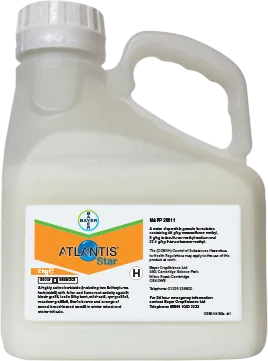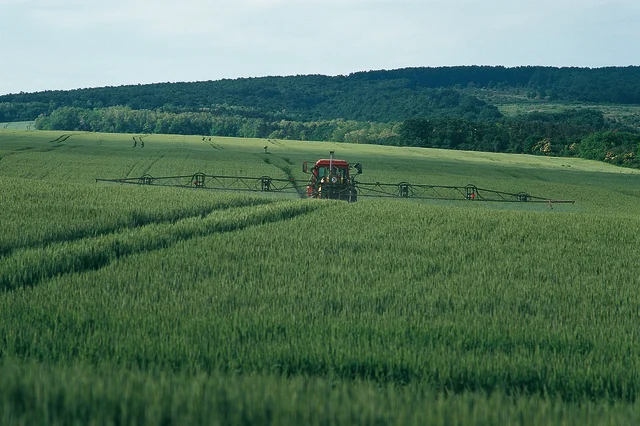Published on 22nd February 2024
Weed Management
Seize the opportunity to control grass-weeds

With good spray windows few and far between this spring, it’s important to be decisive when planning spring weed control. This means prioritising particular fields and keeping a watchful eye on the weather to jump on every opportunity to spray. “We get quite a lot of questions at this time of year about mesosulfuron products,” says Bayer Commercial Technical Manager Matt Siggs. “Farmers want to know which product to use and how to get the best results, they also want to know how to deal with difficult populations that have lower susceptibility to post-ems.” Mr Siggs shares some of the key considerations when applying a post-em this spring.
Lower residual use in autumn 2023
“Many crops had little or no residual last autumn because of the weather. Or in the case of early drilled crops, any residual is probably running out of steam. Added to that we've had mild conditions through most of this winter and there has been a lot of grass-weed germination.” On the back of little or no residual, even fields with difficult populations are likely to benefit from a post-em to reduce competition with the crop and seed return.
Improve yield potential
Top line weed control is only one way to measure the benefit of a post-em. According to Mr Siggs, trial results show an increase in crop ear counts even without full weed control. Against difficult populations, 40% control from the post-em is fairly common which can still cut competition with the crop. “In trials, we noted that in the untreated plots there were 250 wheat ears per square metre. Even where there was lower efficacy from mesosulfuron on the grass-weeds, there were over 400 ears of wheat per square metre. This equates to higher yield potential across the whole field which could be the difference between making a return on investment or not.”
Optimise application
“It's important to get the timing and application of mesosulfuron right. Our best grass-weed product Atlantis Star (mesosulfuron + iodosulfuron + thiencarbazone) delivers 15 grams of mesosulfuron per hectare and has an extra ALS-inhibitor thiencarbazone, but without correct application, you will not achieve a good result.” “Once land is drying up, check if grass-weeds are still at the susceptible stage; before growth stage 30–31. You need some decent light levels, good conditions to travel and the right conditions for the herbicide to work. But generally, we see better levels of control on brighter sunnier days.” The general recommendation is to apply to a dry or drying leaf. There needs to be at least two, ideally four, hours’ drying time after applications to ensure the active ingredients are taken in by the weed. Rain or dew formation can simply wash the herbicide off the leaf.
Don’t assume you have resistance
A final consideration is not to assume you have resistance without a test to confirm. The NIAB / Bayer ryegrass survey in 2021 found almost half of ryegrass samples were still susceptible to mesosulfuron. In black-grass, post-em resistance is more widespread, but it is still not a given. Timing and application problems are often the cause of sub-par control, so Mr Siggs urges farmers to focus on this in spring. If you suspect there is resistance, you can use the resistance testing service offered by Bayer and other organisations to learn more about the population you’re dealing with to set your strategy for the following year.




